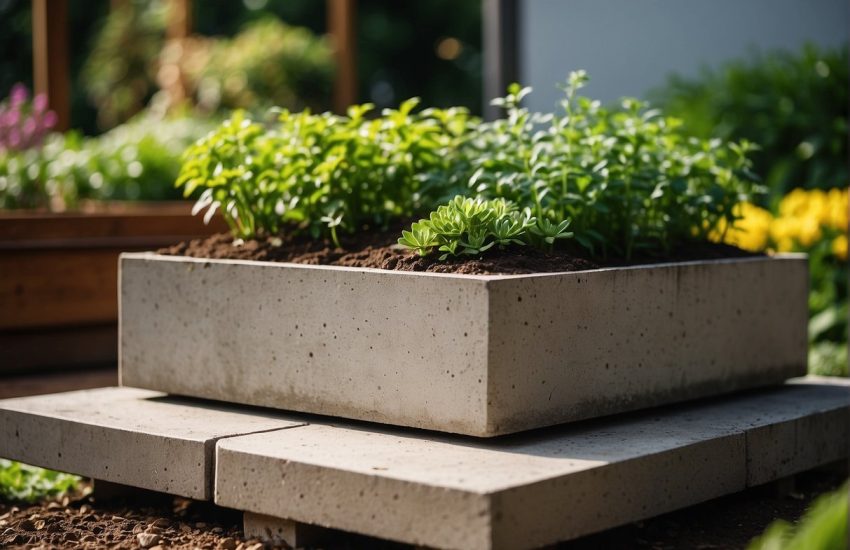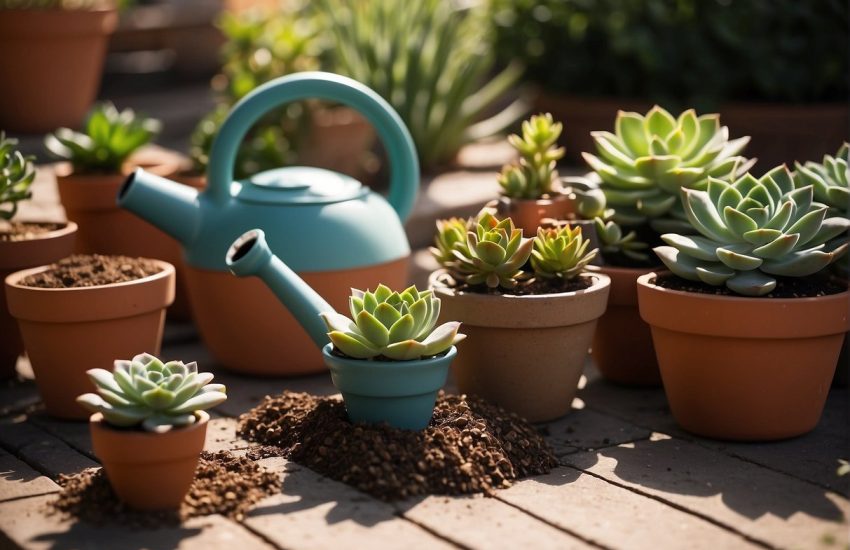Care of Spanish Moss: Tips for Growing and Maintaining Tillandsia Usneoides
Spanish moss, also known as Tillandsia usneoides, is a popular epiphyte that grows abundantly in the Southern United States. Despite its name, Spanish moss is not actually a moss but rather a type of bromeliad. This non-parasitic plant is commonly seen hanging from trees, creating a beautiful and unique sight in the landscape.

Caring for Spanish moss can be relatively easy, as it requires minimal maintenance and attention. However, it is important to understand the basic needs of this plant in order to ensure its health and longevity. In this article, we will explore the different aspects of caring for Spanish moss, including its preferred growing conditions, watering and fertilizing requirements, and common pests and diseases to watch out for. Whether you are a seasoned gardener or a beginner, this guide will provide you with the knowledge and tools you need to successfully care for your Spanish moss.
Basic Care and Requirements
Watering and Moisture
Spanish moss is a type of air plant that absorbs moisture and nutrients from the air. It does not require soil to grow, but it does need to be hydrated regularly. It is important to mist the plant with water at least once a week to keep it moist. Rainwater is ideal for watering Spanish moss, as it is free of chemicals that can harm the plant.
Light and Temperature
Spanish moss prefers bright, indirect sunlight. It can also tolerate some direct sunlight, but too much can damage the plant. It is best to keep Spanish moss indoors, where it can thrive in temperatures ranging from 50 to 90 degrees Fahrenheit.
Optimal Growing Conditions
To help Spanish moss flourish, it needs a humid environment with good air circulation. Hanging the plant in a bathroom or near a humidifier can help provide the necessary humidity. It is also important to ensure that the plant has good air circulation to prevent the growth of mold or other harmful organisms.
Placement and Support
Spanish moss can be grown in a container or attached to a tree branch or fence. If grown in a container, it is important to use a well-draining potting mix and ensure that the plant is not overwatered. When attaching Spanish moss to a tree branch or fence, it is important to use a support that is sturdy enough to hold the weight of the plant.
Propagation and Growth
Spanish moss can be propagated by seeds or by dividing the plant. To propagate by division, simply separate the plant into smaller sections and replant them in a new location. Spanish moss grows slowly, but with proper care, it can reach lengths of up to 20 feet.
Pests and Diseases
Spanish moss is relatively pest and disease-free. However, it can occasionally be affected by scale insects or mealybugs. These pests can be removed by gently wiping the plant with a damp cloth or spraying it with a mild insecticide.
Buying and Displaying
When buying Spanish moss, it is important to ensure that the plant is healthy and free of pests or diseases. Spanish moss can be displayed in wreaths or used in arts and crafts projects. It is important to handle the plant gently to prevent damage to the delicate foliage.
Advanced Care Techniques
Fertilization Strategies
Spanish moss is an epiphytic plant that obtains most of its nutrients from the air, rain, and debris that accumulates on its surface. However, providing additional nutrients can help it thrive. A balanced fertilizer with an N-P-K ratio of 10-10-10 is ideal for Spanish moss. Apply the fertilizer to the surface of the moss once a month during the growing season (spring and summer months) to promote healthy growth.
Special Considerations for Indoor Cultivation
Spanish moss can make an attractive houseplant or terrarium addition. To grow it indoors, provide bright, indirect light and high humidity. Mist the moss regularly to keep it moist and prevent it from drying out. Avoid placing it near heating or cooling vents, as this can cause it to dry out quickly.
Cultivating Spanish Moss Outdoors
Spanish moss is native to Central and South America, Mexico, and the southeastern United States. It is commonly found growing on oak trees in Florida and Texas. To grow it outdoors, provide a support such as a trellis or hanging basket, and place it in a shaded area with high humidity. During the summer months, mist the moss regularly and provide additional water during dry spells.
Creative Uses and Decorations
Spanish moss is often used in creative ways to decorate homes and gardens. It can be used as nesting material for birds or as mulch around plants. It is also commonly used in floral arrangements and wreaths. Additionally, it can be used as a unique decoration for terrariums or as a hanging decoration for outdoor spaces. Its distinctive appearance, resembling old man’s beard, makes it a popular choice for creative uses.
Overall, Spanish moss is a low-maintenance plant that can add a unique touch to any space. With proper care and attention, it can thrive both indoors and outdoors.


